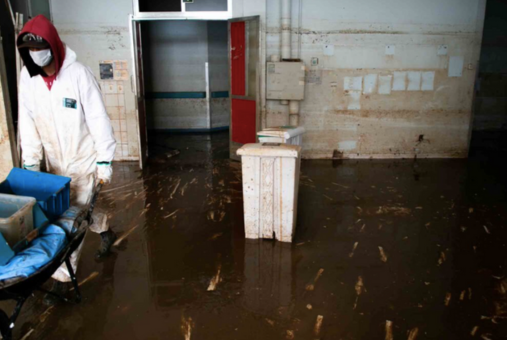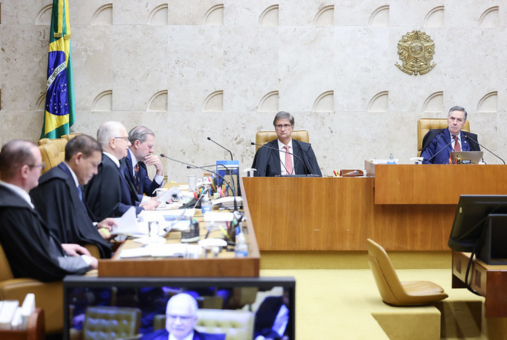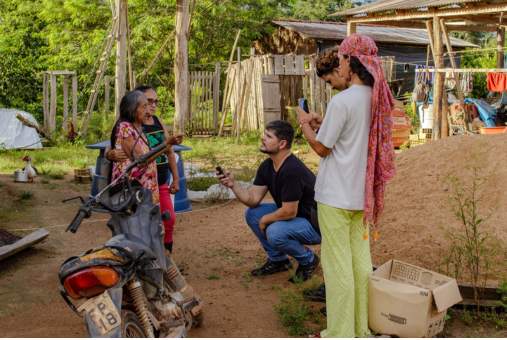
The Codesinfo project by Projor (Institute for the Development of Journalism) begins its second phase to expand the use of tools to combat disinformation and disseminate them to national and international media outlets.

Leading investigative journalist Hyury Potter shares his experiences of reporting in the Amazon, along with lessons and advice he has gathered throughout his career.

Brazilian researcher Otávio Daros has released two books on the history of journalism in Brazil—one analyzing how scholars have traced its evolution from shaping national identity to the present, and the other offering his own fresh take.

The line between journalist and influencer is increasingly blurry, raising questions about ethics, credibility and the future of journalism.

After floods displaced 615,000 people in southern Brazil, local media struggled to stay active. Now, Reporters Without Borders has launched a project to help small outlets prepare for future crises.

The Supreme Court, updating a 2023 ruling on media liability, says outlets will only be on the hook if they act negligently or knowingly broadcast defamatory statements. They must also guarantee a right of reply to any implicated third party.

Research reveals a "vibrant and dynamic" ecosystem in the South American country with a strong reliance on advertising and higher revenue among non-profit organizations.

News outlets in the Brazilian state of Pará, a gateway to the Amazon and the host state of the UN Climate Change Conference, also face logistical challenges and local expectations.

Clarice Herzog, 83, fought for decades to prove her husband was murdered under Brazil’s dictatorship. But his killers remain unpunished.

“Crime without punishment: how the military killed Rubens Paiva" is the result of years of research and journalistic investigation, reconstructing the events that led to Paiva's death. Dal Piva defends the importance of memory and journalistic investigation for understanding this dark period in Brazilian history.

After analyzing hours of body cam footage, journalists from GloboNews reported alleged abuses and misconduct by military police. They also discovered that in most legal cases, footage requested by the courts was not handed over.

The report Journalism and Artificial Intelligence – Impact on Brazilian publishers shows that AI is boosting productivity in Brazilian newsrooms but failing to drive innovation. Meanwhile, media outlets face growing risks as Big Techs exploit their content to attract traffic and train their AI.